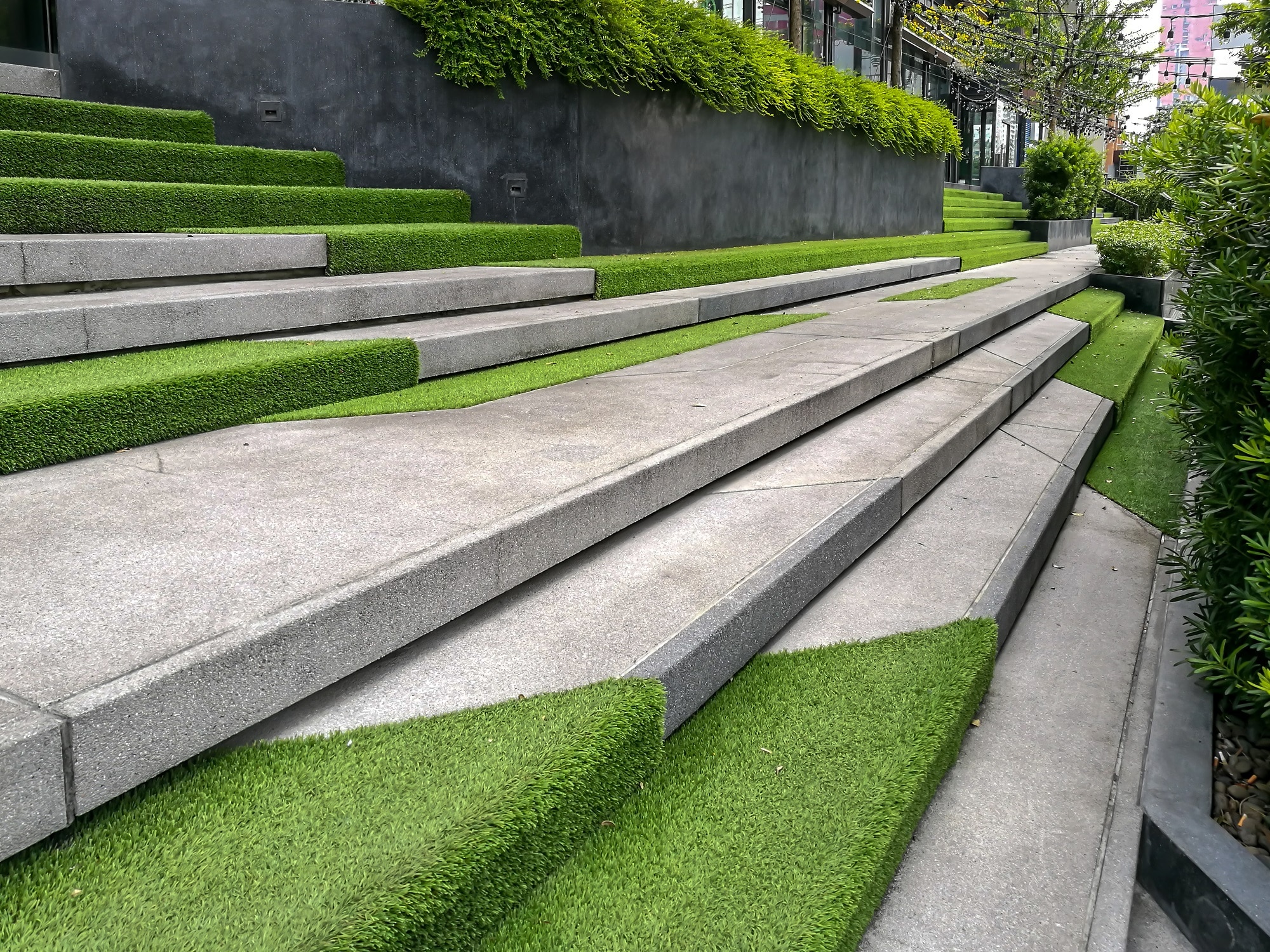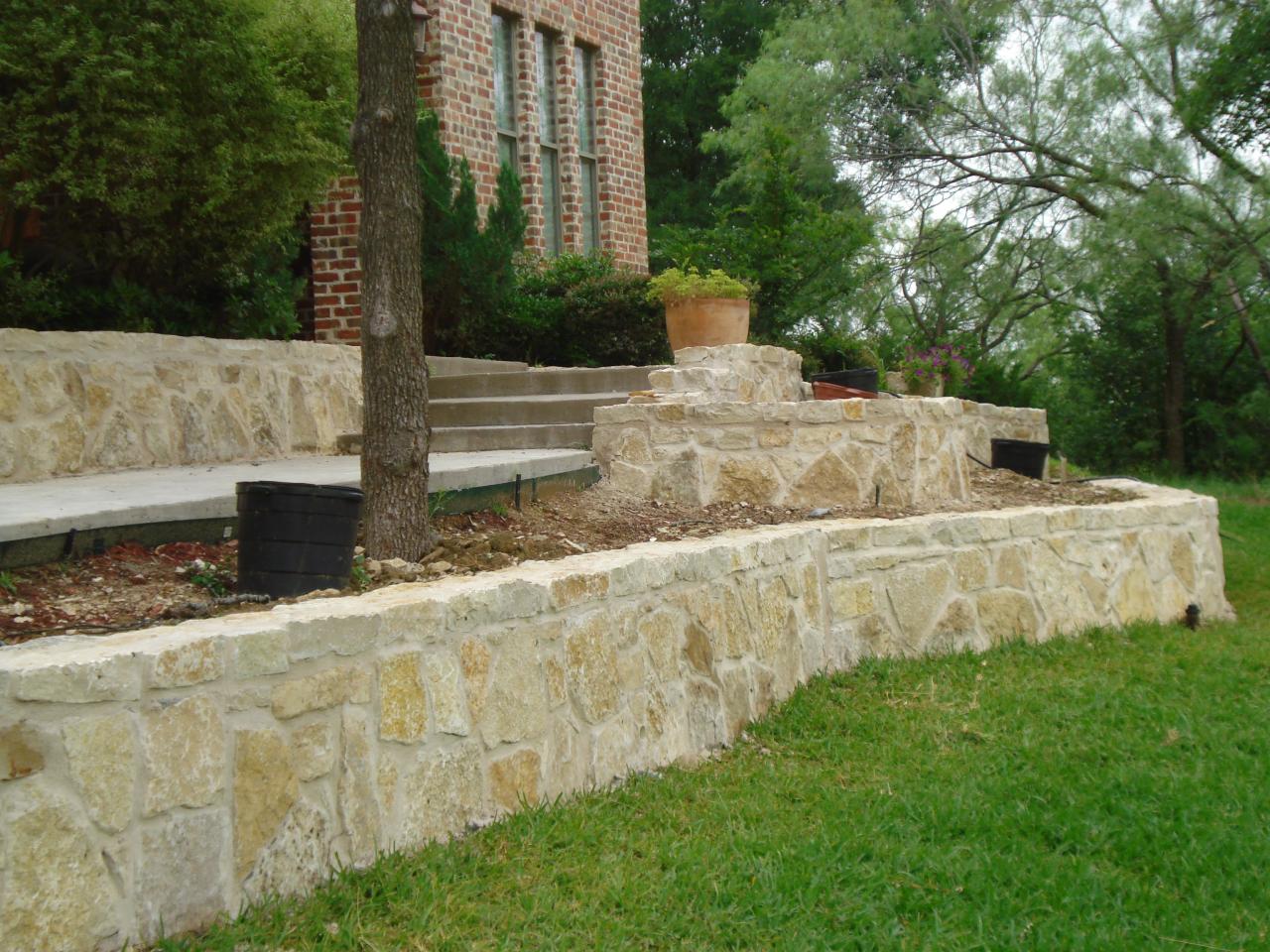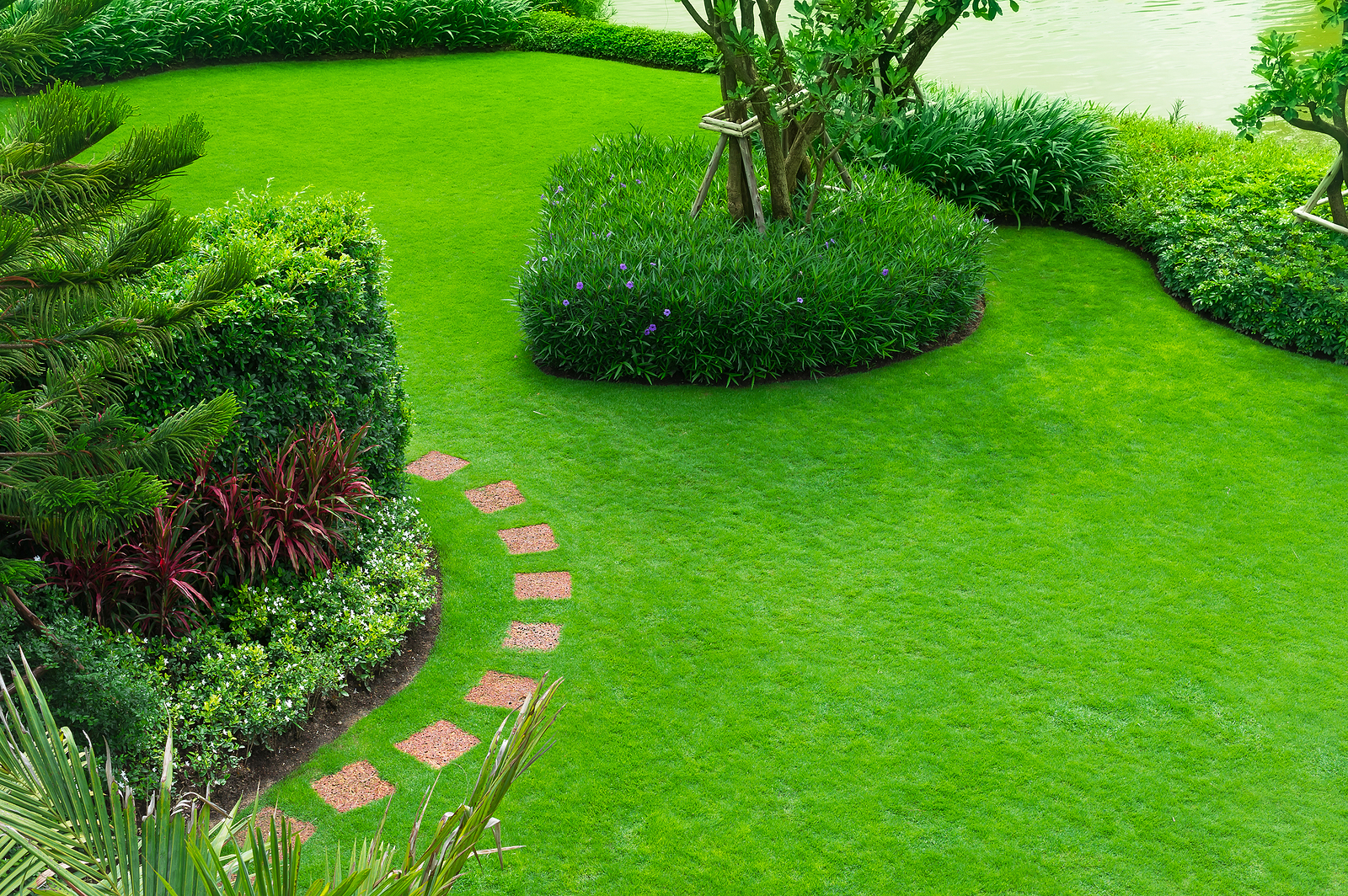In the modern era, where the cacophony of urban life seldom ceases, finding solace in the embrace of nature is not just a luxury, but a necessity for our wellbeing. More than a hobby, Gardening emerges as a therapeutic endeavor, a quiet rebellion against the onslaught of digital screens and concrete jungles. It is in this context that the philosophy of Blooms Landcare finds its roots, championing the cause of therapeutic gardening as a pathway to holistic health. Today, we will guide you on how to create a therapeutic garden.
Blooms Landcare’s Mission in Therapeutic Gardening
Blooms Landcare is not merely a name in the landscape industry; it represents a mission to redefine the very essence of gardening from a chore to a therapeutic experience. With a steadfast commitment to creating spaces that nurture both body and soul, Blooms Landcare spearheads the movement toward integrating the principles of therapeutic gardening into the fabric of everyday life.
The Essence of a Therapeutic Garden
Defining What Makes a Garden Therapeutic
A therapeutic garden transcends the traditional paradigms of horticulture, weaving together a tapestry of elements designed to heal. It is an oasis of tranquility, where every plant, pathway, and pebble is meticulously curated to soothe the senses, calm the mind, and invigorate the spirit.
Key Components That Every Therapeutic Garden Should Have
The quintessence of a therapeutic garden lies in its ability to offer a multisensory experience aromatic herbs that waft their fragrance on the breeze, rustling leaves that whisper stories to the wind, and a kaleidoscope of colors that dazzle the eyes. Accessibility, mindfulness zones, and ecological harmony are the pillars upon which these havens are built.
Planning Your Therapeutic Garden with Blooms Landcare
Understanding Space and Location for Optimal Growth
Selecting the ideal locale for a therapeutic garden demands more than a cursory glance at the compass; it requires a deep understanding of the interplay between light, shadow, and the elements. Blooms Landcare excels in identifying spaces that, even in their raw form, hold the promise of transformation into sanctuaries of wellbeing.
Selecting Plants for Mental Health and Physical Wellbeing
The selection of flora is not merely a question of aesthetics but of psychopharmacology and environmental psychology. Plants are chosen not only for their beauty but also for their ability to cleanse the air, reduce stress levels, and even diminish the symptoms of depression and anxiety.
Creating a Sensory Experience
Engaging All Five Senses in Garden Design
A therapeutic garden is a concert of sensory experiences. The design principles espoused by Blooms Landcare ensure that every garden is a symphony of textures, scents, sounds, tastes, and visuals, crafted to bring about a state of meditative calm.
Recommended Plants and Features for a Full Sensory Experience
From the velvet softness of Lamb’s Ear to the citrusy zest of Lemon Balm, and the soothing sound of bamboo chimes, each element is chosen for its sensory impact, creating an immersive environment that engages and enchants all who enter.
Incorporating Elements of Mindfulness
How to Design Areas for Meditation and Reflection
In the heart of a therapeutic garden, secluded nooks invite contemplation, offering a sanctuary where thoughts can unfold like petals. Blooms Landcare designs these spaces as serene backdrops for meditation, incorporating elements like water features for their hypnotic, calming effects.
The Role of Water Features and Their Calming Effects
Water, with its primal connection to the essence of life, adds a profound depth to the garden’s therapeutic qualities. The gentle murmur of a stream or the soft ripple of a pond surface serves as an auditory balm, reducing stress and enhancing mental clarity.
Building for Accessibility and Inclusion
Ensuring Your Garden is Welcoming for All Abilities
Accessibility is a cornerstone of Blooms Landcare’s philosophy. The firm believes that everyone, regardless of physical ability, should have the opportunity to experience the healing power of nature, leading to the creation of spaces that are as welcoming as they are beautiful.
Tips for Creating Wheelchair-Friendly Pathways and Raised Beds
Innovative design solutions such as raised beds and smooth, wide pathways ensure that gardening remains a joy accessible to all. These features not only facilitate mobility but also bring the garden’s bounty within easy reach, making the act of gardening a pleasure unfettered by physical constraints.
Therapeutic Gardening Activities
Seasonal Gardening Tasks That Promote Wellbeing
The rhythm of the seasons guides the therapeutic gardening activities recommended by Blooms Landcare. Each task, from planting to pruning, is an invitation to connect with the cycle of life, fostering a sense of accomplishment and peace.
Therapeutic Techniques and Practices for Daily Gardening
Gardening is not just about the cultivation of plants but of the self. Techniques such as mindful weeding and meditative watering encourage a deep connection with the moment, transforming routine tasks into opportunities for growth and self-reflection.
Integrating Community and Social Spaces
The Importance of Shared Spaces in Therapeutic Gardens
Community lies at the heart of therapeutic gardens. Blooms Landcare champions the creation of shared spaces that encourage social interaction and collective engagement with nature. These communal areas serve as vital hubs where individuals can come together, share experiences, and support each other’s journey towards wellbeing.
Ideas for Hosting Community Events and Workshops in Your Garden
From workshops on sustainable gardening practices to yoga sessions amidst the greenery, Blooms Landcare suggests a myriad of activities that can transform garden spaces into vibrant community centers. These events not only foster a sense of belonging but also educate and inspire, spreading the message of therapeutic gardening far and wide.
Maintaining Your Garden for Long-Term Wellbeing
Sustainable Gardening Practices for Health and the Environment
Sustainability is not just a practice but a principle that underpins every therapeutic garden designed by Blooms Landcare. By advocating for organic gardening practices, biodiversity, and the conservation of water, Blooms Landcare ensures that these gardens are not only sanctuaries for individuals but also havens for wildlife, contributing to the health of the planet.
How to Adapt and Evolve Your Garden Over Time
A garden is a living, breathing entity that grows and changes. Blooms Landcare encourages gardeners to view their spaces as canvases for continuous creativity. This dynamic approach allows for the garden to evolve, reflecting the changing needs and insights of those it nurtures, ensuring that the garden remains a source of wellbeing for years to come.
Therapeutic Garden Journey with Blooms Landcare
Embarking on the journey to create a therapeutic garden with Blooms Landcare is to step onto a path of healing, growth, and connection. It is a commitment to transforming not just landscapes but lives, through the thoughtful integration of nature into our daily routines.
Embark on Your Therapeutic Garden Journey with Blooms Landcare
Ready to transform your outdoor space into a haven of tranquility and wellbeing? Look no further than Blooms Landcare, where our expertise meets your vision to create the perfect therapeutic garden. Since 2006, we’ve been turning landscapes in the Dallas and Fort Worth areas into masterpieces of serenity and beauty. With our team of certified professionals, unparalleled customer service, and dedication to quality, we promise to bring your dream garden to life. Don’t wait to make the first step towards a healthier, happier outdoor living experience. Contact Blooms Landcare today, and let us help you cultivate a space where peace and nature flourish together. Find Blooms Landcare on Google Maps






